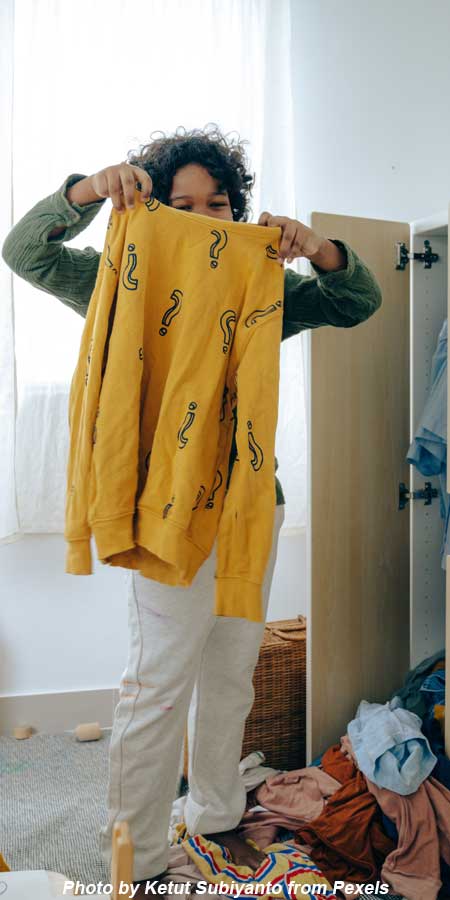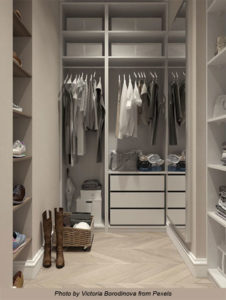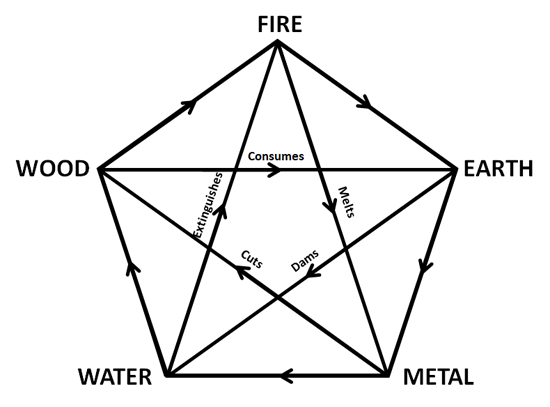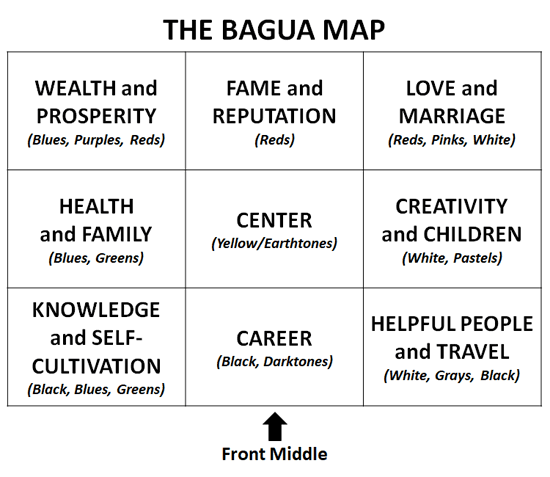Every year, I build up a head of steam to go through the house and purge things that no longer serve our interests. I’ve pursued this agenda largely by myself with token contributions from my husband. But I managed to enroll him wholeheartedly in the project this year with a commitment to share in the festivities.
There are clear advantages to pursuing “right-sizing” at our stage in life:
- We have a history with things that we’ve held on to for years (if not decades) that we know we won’t use. It’s not hard to add them to the list of things that will move on to their next emanation, although it takes a little effort to find them new homes. Just this morning, I bid good-bye to nearly-new home canning supplies that have been sitting in storage for years, casualties of a brief enthusiasm that failed to take root. I found the new owner through my Community Supported Agriculture (CSA) group, and she’s really excited about using them.
- We’ve got a clearer sense of how we’ll spend our time going forward and can identify things that don’t fit into those plans. For example, we’re gradually moving beyond the Do-It-Yourself stage of life and have far less need for building supplies. It’s still tempting to go down the I’ll-hang-on-to-it-just-in-case rabbit hole, but we’re far less likely to get tagged by that impulse.
- We’re a little more serious about looking for a smaller place to live. We’re getting rid of things a little at a time now versus face a monumental task when downsizing is upon us.
Having been-there-done-that during the past few years, we didn’t spend too much time going through things inside the house. The big challenge was the garage, territory that has been subject to my husband’s purview throughout our married life. It needed attention! It was full of stuff with little organizing principle to inform a search when looking for something. I was fairly certain that it had a lot of dated supplies that would need be taken to the toxic waste site. And the floor space was so cluttered that you very nearly needed a pole vault to get from one place to another.
We had to move the cars out of the garage to create workspace for sorting through materials, placing like items together, figuring out what to keep and what to discard, and setting things aside to move along. Quite a bit of stuff wound up in discard piles – toxic waste, scrap wood and metal, spare parts we no longer need, duplicate tools inherited from my father, sports equipment we no longer use. Everything else needed sensible places on our shelves. It was a BIG job that we spread out over 5 working sessions. The end result proved really satisfying. Now we simply need to maintain it!
I completely understand why folks don’t put the time and effort into Spring cleaning. It’s a tedious job. It’s easier to ignore accumulated stuff in closets, storage cubbies, and the garage and assume that you’ll get to it someday. But it really does feel good to “lighten up” and make the commitment to consume less going forward.





